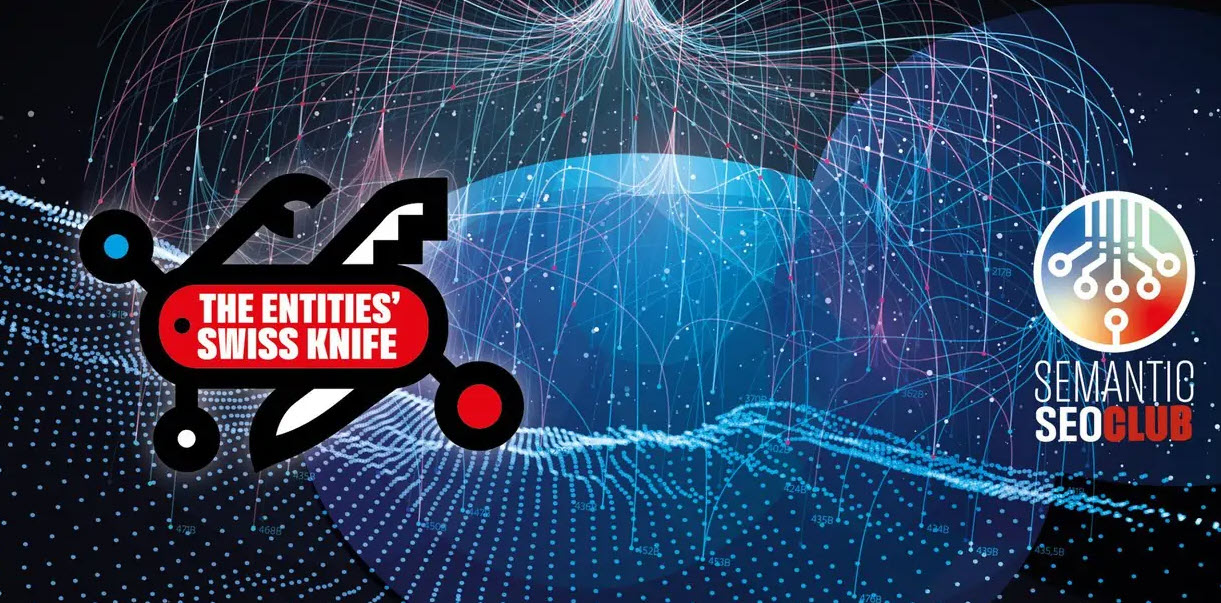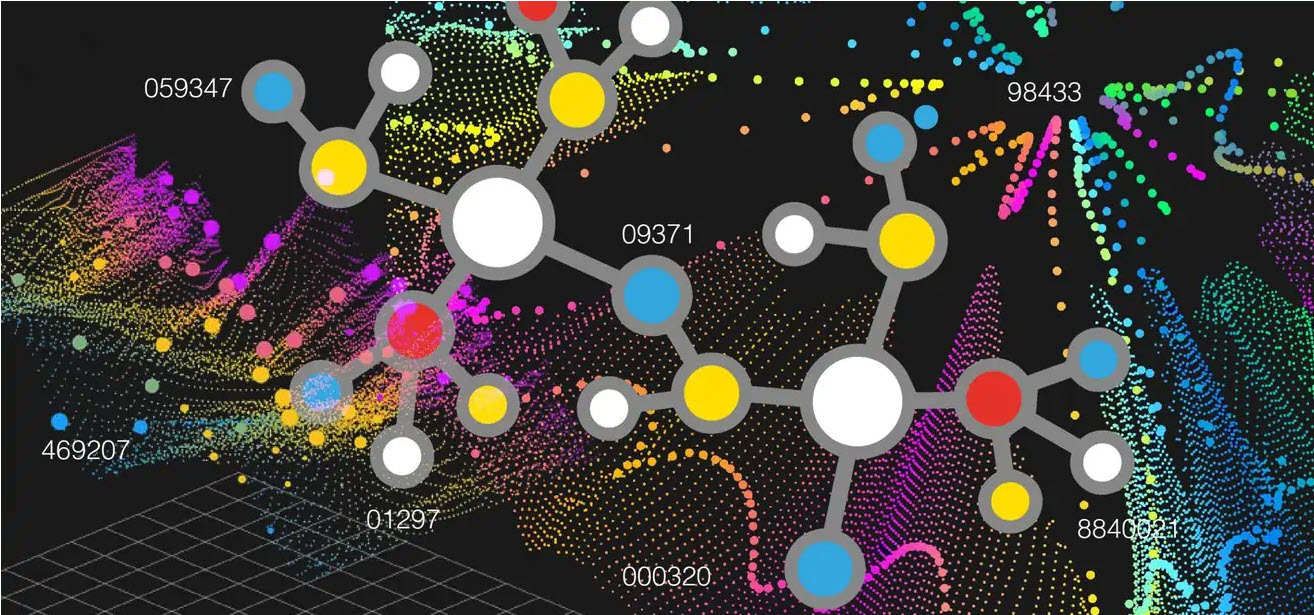
Structured Data
Distinctions between a Lexical Search Engine and also a Semantic Search Engine.
While a typical lexical search engine is roughly based on matching keyword phrases, i.e., basic message strings, a Semantic Search Engine can "recognize"-- or at least attempt to-- the significance of words, their semantic correlation, the context in which they are put within a paper or a question, hence achieving a much more accurate understanding of the user's search intent in order to produce more appropriate outcomes.
A Semantic Search Engine owes these capabilities to NLU formulas, Natural Language Understanding, as well as the existence of structured information.
Subject Modeling and also Content Modeling.
The mapping of the distinct devices of web content (Content Modeling) to which I referred can be usefully executed in the design stage as well as can be associated with the map of topics dealt with or treated (Topic Modeling) and to the structured data that reveals both.
It is a fascinating practice (let me know on Twitter or LinkedIn if you would like me to cover it or make an impromptu video) that enables you to design a website and establish its content for an extensive therapy of a topic to acquire topical authority.
Topical Authority can be referred to as "depth of competence" as viewed by search engines. In the eyes of Search Engines, you can come to be an authoritative source of information concerning that network of (Semantic) entities that specify the topic by continually creating initial high-quality, comprehensive content that covers your wide subject.
Entity connecting/ Wikification.
Entity Linking is the procedure of recognizing entities in a text record as well as connecting these entities to their special identifiers in a Knowledge Base.
Wikification occurs when the entities in the text are mapped to the entities in the Wikimedia Foundation sources, Wikipedia and Wikidata.


